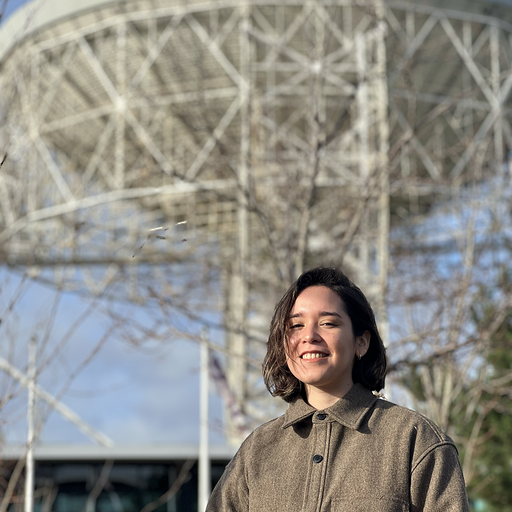Barbara Cabrales
Jodrell Bank Centre for Astrophysics, Manchester University.

Bárbara Cabrales was born and raised in Santiago, Chile. In 2018, she moved to Northampton, Massachusetts in the United States to pursue a double bachelor’s degree in physics and astronomy at Smith College. Since 2021, she has worked with the Breakthrough Listen initiative in the Search for Extraterrestrial Intelligence (SETI). In 2024, she worked as a radio telescope operator and researcher using the Allen Telescope Array (ATA) at the Hat Creek Radio Observatory (HCRO) in Hat Creek, California, a facility dedicated to SETI searches, as well as the study of transients such as pulsars and FRBs. In the autumn of 2024, she moved to Manchester, UK to begin her PhD programme in radio astronomy, machine learning and SETI at the Jodrell Bank Centre for Astrophysics, University of Manchester.
The search for extra-terrestrial intelligence (SETI) using Radio Telescopes
Abstract:
With the birth of radio astronomy, scientists inspired by the idea of technologically capable life beyond Earth hoped a radio telescope might be able to pick up an alien radio signal. Looking for these signals, however, has proven to be a harder task than the pioneers of SETI hoped for: 6 decades later we have only negative results. The parameter space for how and where to look is multidimensional and reducing it calls for educated assumptions, which are often constrained by the capabilities of our instruments. Additionally, we live in an increasingly radio-contaminated environment and picking up such a beacon is as big of a challenge as properly identifying it. How do we filter radio frequency interference? What do we choose to look for? And how can we leverage the features of groundbreaking radio telescopes and novel techniques to aid in the search for intelligent life?